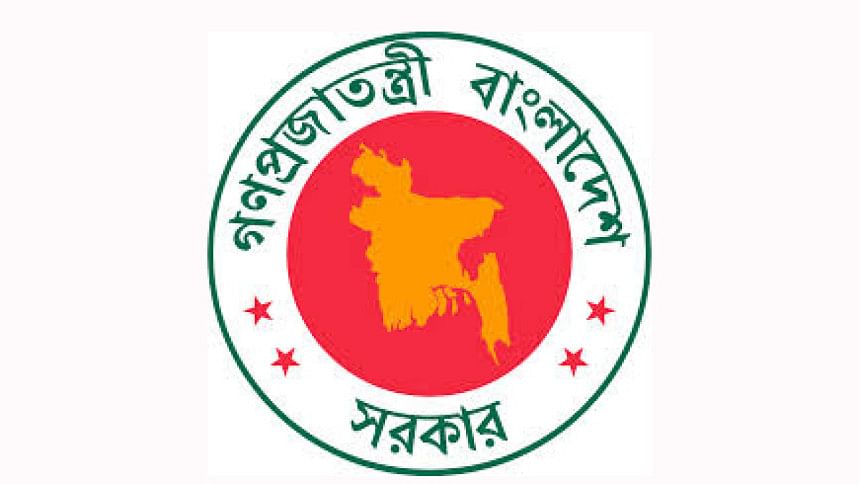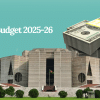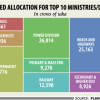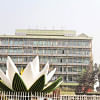Record foreign aid in the pipeline

Foreign aid in the pipeline surged to a record $48.11 billion at the end of the last fiscal year and Bangladesh, despite spending more of the committed money, keeps on failing to reach its targets of utilisation.
At the end of the last fiscal year, fresh commitments amounted to $9.8 billion and $6.2 billion was used, the highest ever. However, the amount falls short of the $7.5 billion spending target, according to data from the Economic Relations Division (ERD).
Between fiscal years 2012-13 and 2016-17, the government managed to spend between $3 billion and $3.6 billion of foreign aid a year. In 2017-18, the spending went up to $6.1 billion.
Despite this, lenders seem to be optimistic about Bangladesh, as evident in the growing foreign aid in the pipeline.
Ideally, the government should aim to use a fifth of the foreign aid in the pipeline at the beginning of a fiscal year, official sources said.
Last fiscal year began with $44.51 billion in the pipeline; meaning $8.9 billion should have been used. The government was not so optimistic and had set a target of $7.5 billion spending. It missed that target too.
Several implementation challenges have to be addressed to make sure disbursements keep up with growth in commitments, said Zahid Hussain, former lead economist at the World Bank’s Dhaka office.
Often, it takes more than a year for the Executive Committee of the National Economic Council (Ecnec) to approve projects.
Delays in appointment of project staffers, contract approvals, and revision of project design and cost are often blamed.
Weak capacity of implementing agencies, coordination issues with the Planning Commission, procurement delays, and difficulties in managing the contractors further hinder implementation and slow down fund disbursements, he added.
However, immediate past ERD secretary Kazi Shofiqul Azam, said, “Commitments have shot up abnormally in the last three years.”
Before fiscal year 2009-10, Bangladesh used to receive aid commitments of $1 billion to $2 billion a year. Since 2009-10, Bangladesh had been getting $5 billion a year. From fiscal year 2015-16 onwards, the amount has been rising.
For instance, Russia agreed to fund the $11.38 billion Roopur Nuclear Power Plant. The plant would take 10 years to implement but all the loan agreements were signed within 12 months.
“The moment a loan agreement is signed, the amount enters the pipeline,” Azam said.
India provided $7.5 billion, while China and Japan made handsome commitments too. Regardless, utilisation pace is on par with the incoming foreign loans, Azam claimed.
However, lenders are of the opinion that Bangladesh needs to scale up its implementation capacity.
“Your capacity to implement mega projects or many projects is growing but that will be the main bottleneck. Money will never be a bottleneck,” said Hun Kim, Asian Development Bank’s director general for South Asia operations, in a press briefing during the 52nd annual meeting of the Manila-based lender in May.
In 2018, the ADB lent $2.2 billion to Bangladesh, which was above its normal allocation of $1.5 billion, he said to back up his point that Bangladesh’s implantation capacity was growing.
“If an economy is growing at 7-8 percent, the whole world will come and invest. So, money will not be an issue. But then again, development is all about your capacity to handle this process,” Kim added.

 For all latest news, follow The Daily Star's Google News channel.
For all latest news, follow The Daily Star's Google News channel. 








Comments